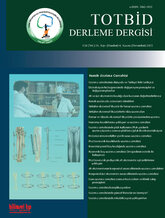
Constitutional short stature is a common variant of normal growth characterized by short stature in the absence of any underlying organic pathology. Although affected children usually demonstrate a normal growth velocity during childhood, they often remain significantly below the population average in adulthood, which may lead to psychosocial distress and reduced quality of life. As hormonal or pharmacological therapies are not effective in such cases, surgical limb lengthening remains the only permanent treatment option. Current techniques are based on the principle of distraction osteogenesis. The Ilizarov circular external fixator, combined methods such as lengthening over nail (LON) and lengthening and then nailing (LATN), and more recently developed motorized intramedullary nails (Precice Stryde®) are the most widely applied techniques. The Ilizarov method allows correction of deformities but requires long-term external fixation and is associated with a high rate of complications. Combined methods shorten the duration of external fixation, although they necessitate additional surgical procedures. Motorized intramedullary nails enhance patient comfort, reduce infection rates, and improve psychosocial satisfaction; however, they are associated with disadvantages such as high cost and limited weight-bearing capacity. Despite these challenges, patient satisfaction rates exceed 90% in most series. In conclusion, with appropriate patient selection, careful psychological evaluation, and a multidisciplinary approach, limb lengthening surgery can provide an effective and safe solution for constitutional short stature.